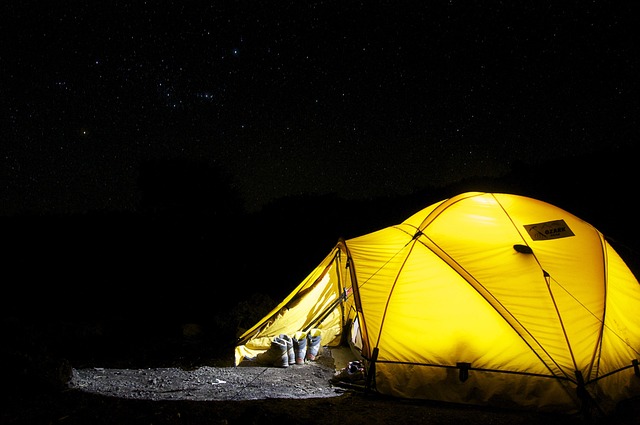Canopy Tent Guide: Materials, Frame Options, and Uses
A canopy tent is a portable, temporary structure designed to provide shade and shelter for outdoor activities. Common at markets, events, camping trips, and backyard gatherings, a canopy tent combines a fabric cover with a supporting frame to create a lightweight, semi-permanent roof. Understanding how different fabrics and frame types affect durability, weather resistance, and ease of setup helps you choose the right canopy for specific needs—from sun protection to short-term rain cover—while keeping maintenance and local services in mind.

What is a canopy tent and where is it used?
A canopy tent is a freestanding shelter composed of a roof fabric and a supporting frame. Typical uses include vendor booths, event shelters, picnic covers, and temporary storage. Sizes vary from small 5x5-foot pop-ups to larger multi-section structures that cover a parking spot or serve as a market stall. Many models offer optional sidewalls, mesh panels for ventilation, and pegging or weighted anchors to secure the unit. Choosing the correct size and accessories depends on expected wind, rain exposure, and whether the tent will be moved frequently.
How does a canopy tent serve as an outdoor shelter?
As an outdoor shelter, a canopy tent provides protection from sun, light rain, and falling debris; it is not a substitute for a fully weatherproof building. The roof fabric blocks UV rays and reduces heat under the canopy, while sidewalls add privacy and additional wind resistance. Proper anchoring—stakes in soft ground, sandbags on hard surfaces, or tie-downs for windy conditions—improves stability. For extended or frequent use in exposed locations, consider models designed with reinforced seams, higher-grade frames, and fabrics treated for water repellency.
What frame options are available for canopy tents?
Frames are commonly made from steel, aluminum, or a mix of both. Steel frames are sturdy and typically heavier, offering strong resistance to bending under load; they are a common choice when durability and lower cost are priorities. Aluminum frames are lighter, resist rust, and are easier to transport, making them suitable for mobile vendors and frequent setup. Frame design also matters: telescoping pop-up frames speed setup, while modular bolt-together frames can offer larger, custom layouts. Look for weld quality, connector design, and any corrosion-resistant finishes when comparing frames.
How does polyester perform as canopy tent fabric?
Polyester is a widely used canopy fabric because it balances cost, weight, and performance. It accepts coatings—such as polyurethane (PU) or acrylic—for improved water resistance and UV protection. Polyester tents dry relatively quickly, resist stretching, and maintain color well when treated with UV inhibitors. However, untreated polyester can wick water in prolonged heavy rain, and lighter-weight polyester may be less abrasion-resistant than heavier vinyl. Regular cleaning, drying after use, and storing out of prolonged sun exposure extend the fabric’s useful life.
When is vinyl an appropriate canopy tent material?
Vinyl-coated fabrics are heavier and more robust than many polyesters; they are often selected where extra durability, water resistance, or flame retardancy is required. Vinyl can be fully waterproof and easier to wipe clean, making it suitable for food stalls, long-term outdoor storage, and environments with frequent rain or splashes. The trade-offs include added weight, potentially higher cost, and reduced breathability, which can make enclosed vinyl canopies feel warmer. Proper ventilation and reinforced frames are advisable when choosing a vinyl-covered canopy for regular use.
Conclusion
Choosing a canopy tent involves balancing intended use, portability, durability, and material properties. Polyester offers a lightweight, versatile option suitable for many events, while vinyl provides heavier-duty performance for wetter or more demanding conditions. Frame materials and design determine ease of setup and long-term resilience, so match those features to your frequency of use and local weather. For professional setups or recurring needs, check local services for installation help, custom sizing, and repair options to ensure safe, reliable shelter.






